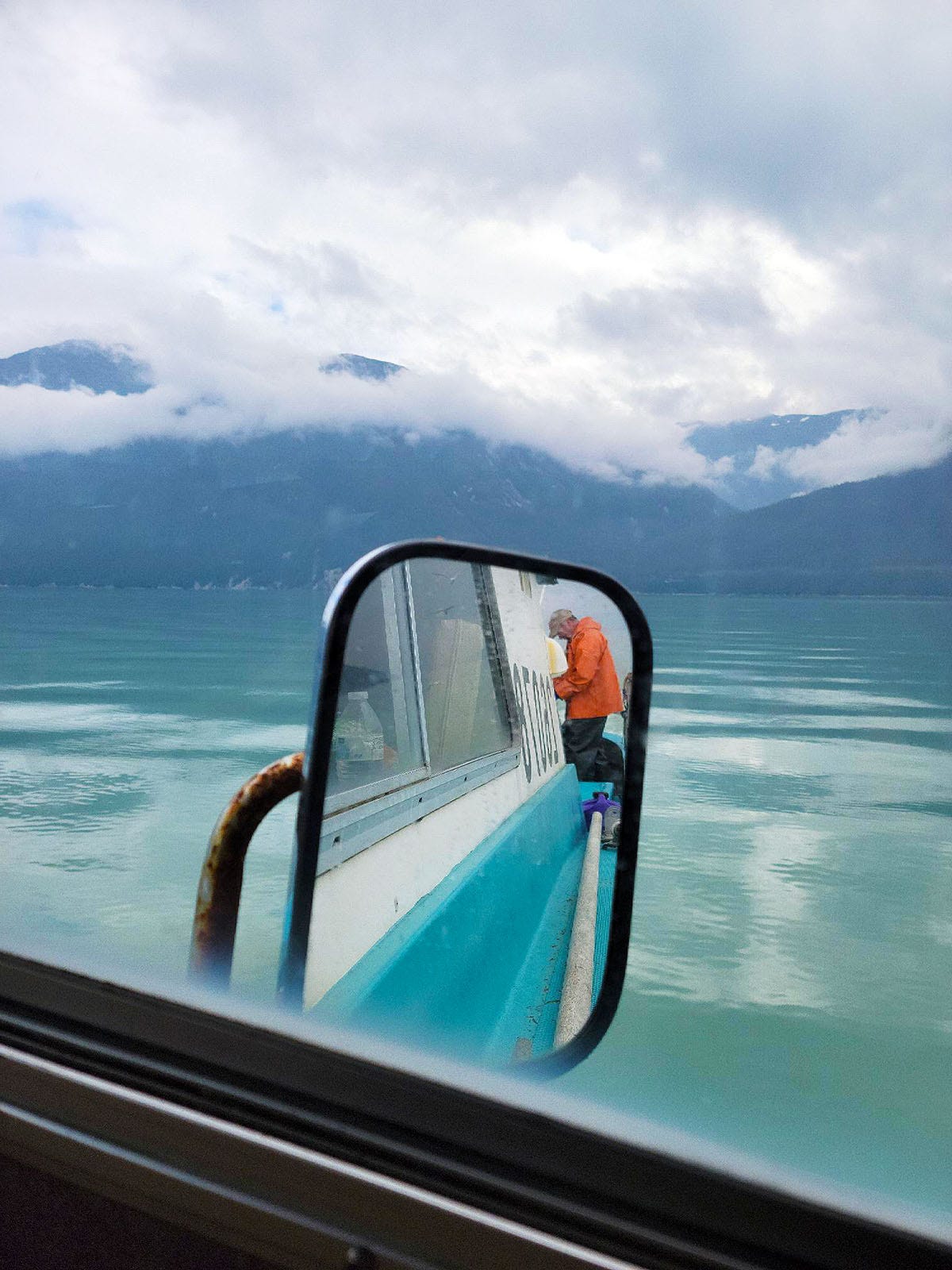The rumble of the starting engine, a basso clatter that shakes the whole boat, rattles me awake. It’s too early. Really it’s not, but I got too little sleep. Again. Time to work.
My commute aboard the F/V Heather Anne consists of unfolding my stiff and sore joints from the narrow berth in the bow into the cabin, wrapping myself in heavy, rubber Grundens…


